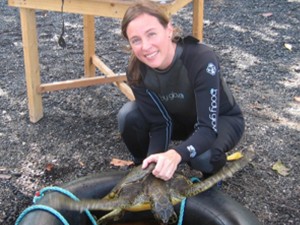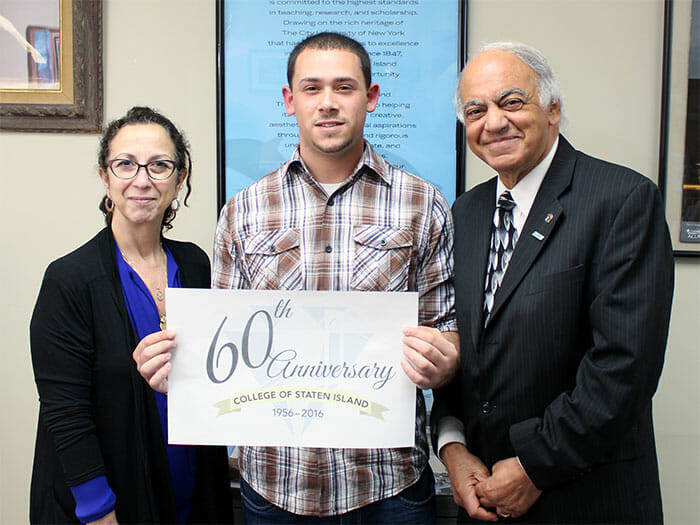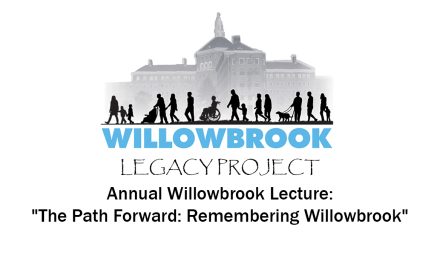
An undergraduate version of the Conservation Biology class that Assistant Professor Eugenia Naro-Maciel teaches at the CUNY Graduate Center is coming to CSI this spring.
There is no doubt that the loss of biodiversity, or life on Earth from genes to ecosystems, is a multifaceted and complex issue. While it is safe to say that we are all affected by biodiversity loss, relatively few of us truly understand why this is occurring or what we can do to prevent it.
One place where CUNY students can now make headway in their understanding of biodiversity is at The Graduate Center (GC), CUNY. In a class brought to the GC for the first time by Assistant Professor of Biology Eugenia Naro-Maciel, one of CSI’s talented professors, students can learn what biodiversity and conservation biology are all about. This class, Conservation Biology, covers the applied, integrative, and multidisciplinary science of maintaining the Earth’s biological diversity. Offered by Naro-Maciel with Mark Hauber of Hunter College this fall, the course covers the value of, threats to, and strategies for maintaining the Earth’s biodiversity.
Professor Naro-Maciel is teaching an undergraduate version of her conservation class, BIO 523, at CSI this spring. The course falls under the Biology Department as an elective, and there is a prerequisite that students pass Introduction to Biology (BIO 180) before they can take the class. Professor Naro-Maciel hopes that this class will some day be “the first step” of many to include several different disciplines in a full Conservation Biology program. “We will focus on biology,” she said, but in the future, additional classes could also delve more fully into the politics of the issue and laws, as well as sustainability and anthropology. Professor Naro-Maciel established the course in an effort to one day make Conservation Biology a mainstream program within the CUNY system.
Professor Naro-Maciel calls the topic a “passion of mine” and “my favorite course to teach.” She encourages open discussion about biological conservation and takes her classes on field trips such as the recent excursion to Freshkills Park, site of the former landfill. “The students were very excited,” she said about their visit, as she encouraged them to question if it “is it okay to destroy an area and then turn it into a park?” While Naro-Maciel gave the park positive reviews, she also wanted her students to understand the processes that went toward transforming the area from a garbage-filled wasteland into a thriving park planned to benefit humans and wildlife alike.
In her classes Naro-Maciel also uses real-world conservation examples such as Projeto Tamar, the Brazilian Sea Turtle Conservation Program, which successfully reversed the decline of marine turtles in Brazil. This example, as well as many others, helps Professor Naro-Maciel’s students to understand that “everyone can do something.”
“There is no doubt that biodiversity is being lost,” said Naro-Maciel. “We are in a major extinction crisis. Ecological processes are being disrupted. The Professor, who was hired by CSI as a conservation biologist, aims to not only raise awareness of this crisis but to show CSI students that they are more than capable of contributing to the conservation of our vulnerable ecosystems. “This is very exciting” said Naro-Maciel. “We are really building something good here at CSI and CUNY.”
Dr. Naro-Maciel’s lab currently has openings for excellent PhD, Master’s, and undergraduate students.
















